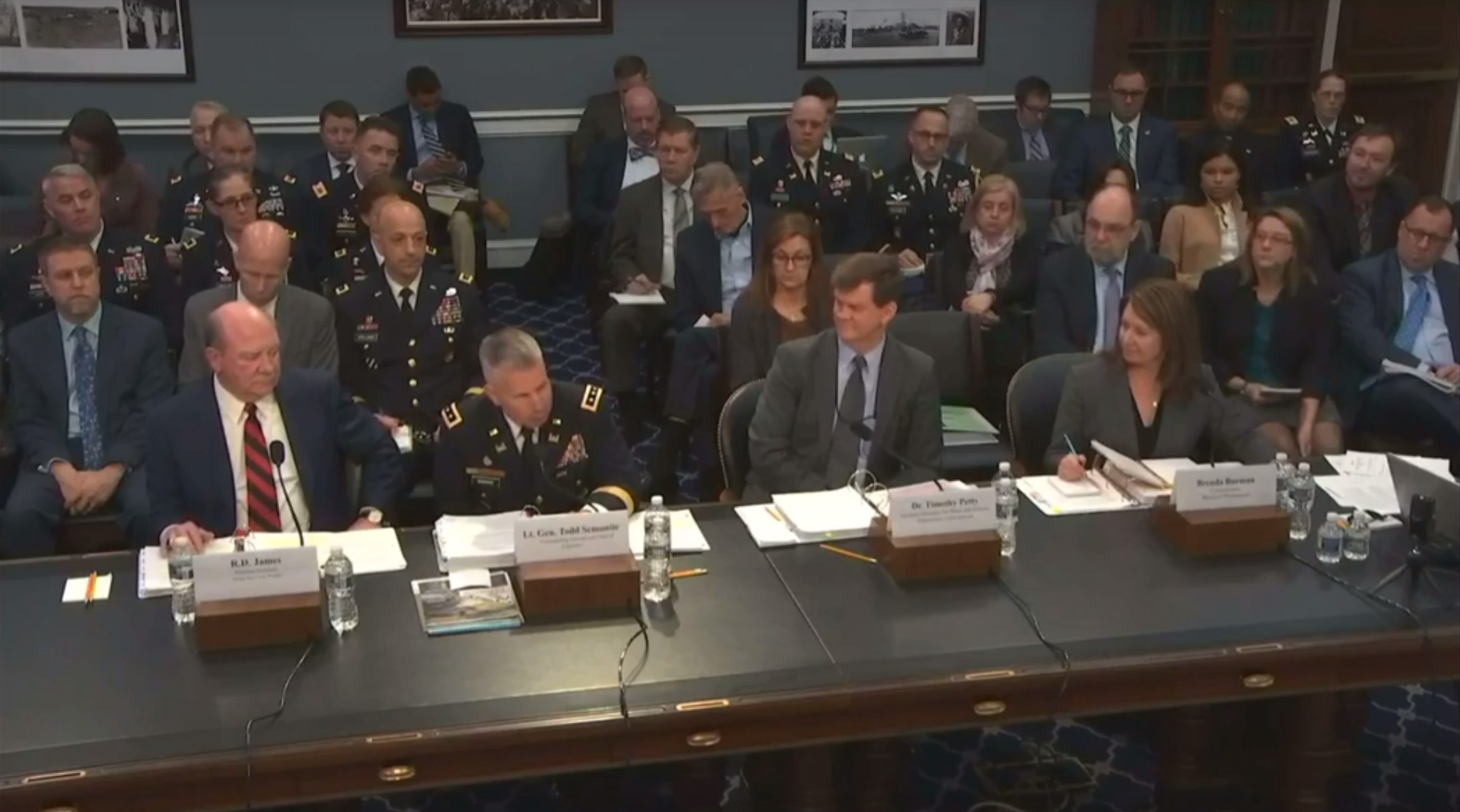
March 27, 2019
WASHINGTON — Today in Washington, top officials testified to their strong commitment for the Fort Worth Central City Flood Control Project. R.D. James, Assistant Secretary of the U.S. Army Corps of Engineers, Civil Works, stated “I very strongly support the project.” James further added “It is a good project.”
In response to the committee’s questioning the Corps’ commitment to finishing projects once started, like the Fort Worth project, Lieutenant General Todd Semonite, Commanding General Chief of Engineers, responded “Absolutely.” He closed by saying if the administration provides the funding, “we are absolutely committed to ruthlessly continuing to complete all projects and get them done.”
“It has been an honor to work with the Fort Worth US Army Corps of Engineers,” said Congresswoman Granger. “Fort Worth appreciates their continued commitment and their recognition of how important this project is for the protection of our community.”
Background: The Fort Worth Central City project (known locally as the Trinity River Vision/Panther Island Flood Control Project) would deliver needed flood protection for over 2400 acres of existing Fort Worth neighborhoods valued at over $2.4 billion. The Project includes cleaning numerous hazardous waste sites providing critical urban aquatic ecosystem restoration. Construction was initiated in 2009 using a combination of Corps and local funding. The Project is approximately one-third completed.


